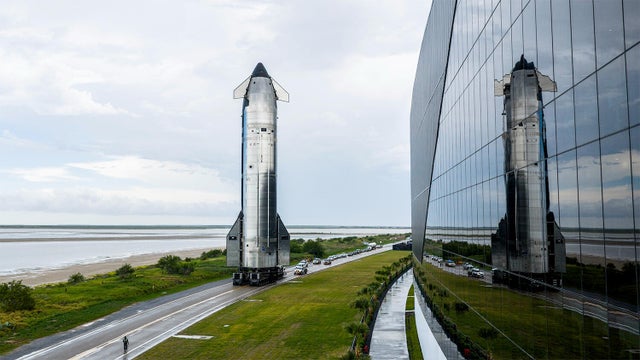

Time-lapse images have captured the dramatic close approach of a bus-sized asteroid, whizzing past Earth at a breathtaking speed of over 2,000 mph. The images, compiled from telescopic observations, showcase the asteroid's rapid transit across the night sky, highlighting its surprisingly close proximity to our planet. While classified as a "near-Earth object" (NEO), the asteroid's trajectory, though close, posed no actual threat of impact. The event, however, served as a stark reminder of the constant influx of celestial bodies near Earth and the importance of ongoing asteroid tracking and detection programs. The close call underscored the potential dangers posed by even relatively small asteroids, demonstrating the destructive power they could unleash if they were to strike a populated area. Scientists continue to analyze the data gathered during this close encounter to refine models predicting the paths of future NEOs, improving our ability to assess and mitigate any potential future risks. The dramatic time-lapse visuals offer a captivating glimpse into the dynamic environment of our solar system and the ongoing, potentially hazardous, cosmic ballet unfolding around us.

An Italian astronomical observatory captured images of an asteroid flying past Earth on Sunday and created a time-lapse of the event, showing the asteroid traveling at over 2,000 miles per hour.
The asteroid passed "very close" to Earth, the . The project uses robotic telescopes to capture real-time images, and is operated by the Bellatrix Astronomical Observatory in Italy. The manager of the project is Dr. Gianluca Masi, an astrophysicist and astronomer who has discovered minor planets and stars in his studies. The project makes its images of the sky available for free around the world.
The image showing the asteroid pass by Earth was a 60-second single exposure, the project said, using a robotic unit that was able to track the asteroid. Images were broadcast live and in real-time.
The robot tracked the rates of the asteroid, making it appear as a single, sharp dot while stars blur by. The asteroid traveled at two and a half times the speed of sound, according to the Virtual Telescope Project.
The asteroid, identified as MU2, appears small in the images but was to be about 4.1 - 9.2 meters (13.5 - 30.1 feet) in diameter, . The asteroid was discovered by the on June 16, and then confirmed on June 22.
While there were no risks to the planet while the asteroid flew by, it did come come as close as 134,000 miles of Earth at one point, the Virtual Telescope Project said. This is less than 60% of the average distance between the Earth and the moon, the project added.




